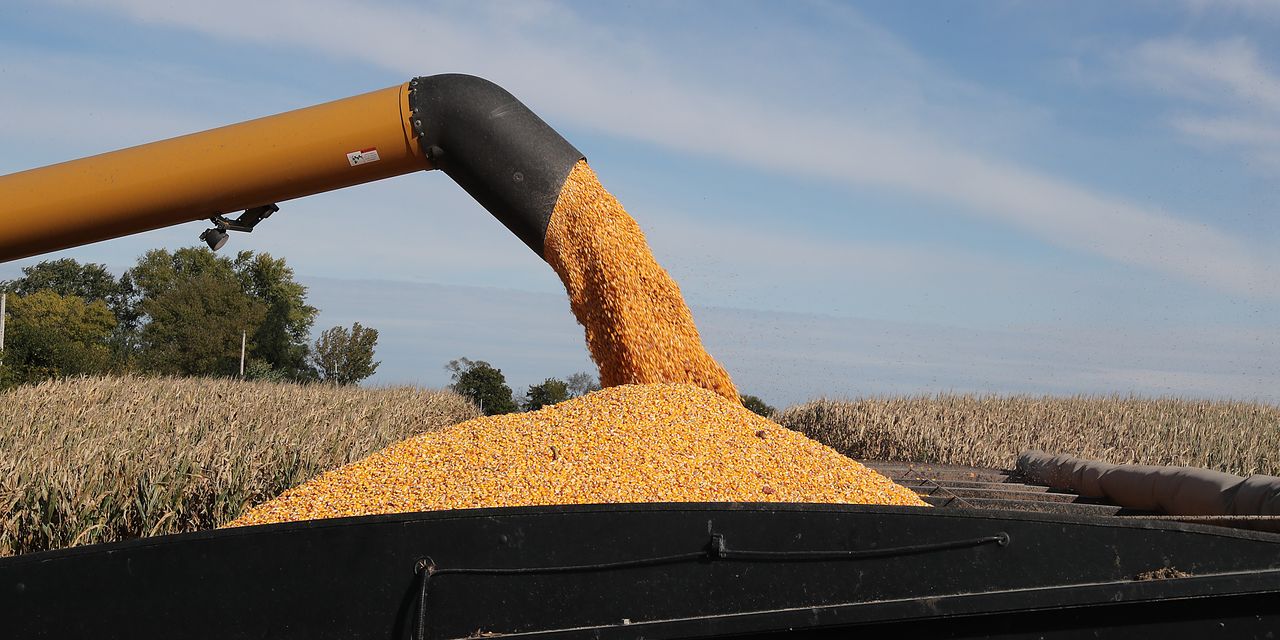You win some and you lose some.
Tesla
(ticker: TSLA) gained a government incentive, just as it lost another one. The loss is a bigger deal though and says more about government policy than electric vehicles.
First the bad news. Reuters reported Tuesday that the Environmental Protection Agency would exclude EV makers from the Renewable Fuels Standard, or RFS. The EPA didn’t immediately return a request from Barron’s for comment.
Understanding the implications of the decision takes some explaining. The RFS doesn’t mean much for most investors. The standard was created more than a decade ago to “reduce greenhouse gas emissions and expand the nation’s renewable fuels sector while reducing reliance on imported oil.” Practically speaking, it mandates the blending of ethanol made from U.S. corn into gasoline.
Oil refiners are required to buy and blend roughly 15 billion to 20 billion gallons of ethanol into gasoline each year. The U.S. consumes roughly 150 billion gallons of gasoline a year. The blend is about 10% and drivers should be used to seeing “contains 10% ethanol” stickers at the pump.
U.S. oil refiners, however, don’t love the policy. Buying ethanol is a cost and it replaces gasoline volumes on which they could be making a profit.
Those are the basics. The way the policy is tracked is a little complicated. Refiners submit RINs, or renewable identification numbers, to authorities. RINs are credits that correspond to the production of ethanol and other biofuels. RINs are separate from the actual gallons of ethanol to make them freely tradable. So if a refiner blends less ethanol than the RFS mandate requires, for whatever reason, it can buy RINs and stay compliant with the law.
The point is RINs have value. Refiners can either buy a RIN or a gallon of ethanol to meet RFS requirements. What’s more, the EPA was going to let EV companies generate RINs by selling EVs. Roughly a billion RINs, which is like blending a billion gallons of ethanol, was on the table for electric-vehicle makers.
EV makers were slated to get so called D3 RINs. D3 is for certain types of biofuels. The designation matters because different RINs cost different amounts. A D3 RIN cost roughly $3 in 2022, so the EV industry was looking at a $3 billion boost. Since
Tesla
is about 65% of the EV industry, it was looking at $2 billion in pure profit for doing nothing more than selling EVs, an amount equal to about 15% to 20% of estimated 2023 operating profit.
But it doesn’t appear to be happening. Farmers might be why. RFS detractors think of the program and RINs as farm policy, not environmental policy. Roughly one-third of the U.S. corn crop is turned into ethanol. That is a lot of corn grown by U.S. farmers for ethanol and farmers turn corn crops into cash.
It looks as if RFS benefits will continue to accrue to the farming sector. Losing $2 billion in free money isn’t great for Tesla. Investors don’t seem to have noticed though. Tesla stock finished up 1.7% on Tuesday while the
S&P 500
and
Nasdaq Composite
rose 0.2% and 0.4%, respectively.
One reason investors might not have cared is because they weren’t expecting the benefit. RFS policy can feel obscure. Another reason is that the Internal Revenue Service recently decided that all Model 3 sedans will qualify for a $7,500 purchase tax credit. The prior credit for some Model 3 sedans was $3,750, reduced by half because of where some batteries and battery materials were sourced from.
The benefit of the increased tax credit is indirect, showing up in either higher Model 3 sales, or higher Model 3 pricing, or both. Tesla is on pace to sell roughly 200,000 Model 3 vehicles in the U.S. in 2023 so an extra $3,750 works out to about $750 million.
Not $2 billion, but not bad.
Read the full article here













